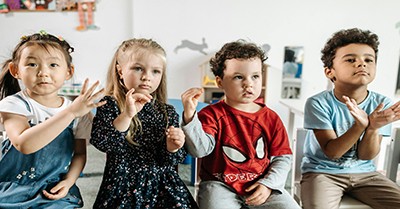In the fast-paced rhythm of early childhood settings, transitions often feel like logistical hurdles—moments to be managed, timed, and moved through. But what if we reframed them as sacred pauses? As opportunities to restore emotional safety, deepen connection, and honour the inner worlds of both children and educators?
Why Mindful Transitions Matter
Transitions between activities, spaces, or emotional states can be disorienting for children. For those with trauma backgrounds, neurodivergence, or sensory sensitivities, even small shifts can trigger stress responses. Educators, too, often carry the weight of multitasking, compliance pressures, and emotional labour.
Mindful transitions offer a gentle antidote. They invite presence, predictability, and emotional attunement. They say, “I see you. I’m with you. We’re moving together.”
Practical Strategies for Mindful Transitions
Here are emotionally intelligent, trauma-informed strategies that educators can embed into daily practice:
-
Visual Cues & Rituals
Use symbolic tools like transition cards, affirmation stones, or calming visuals. These create predictability and emotional anchoring. -
Sensory Bridges
Incorporate soft music, scent diffusers, or tactile objects to ease the shift. For example, passing a “pause pebble” before group time. -
Voice & Choice
Offer children agency: “Would you like to hop or tiptoe to the mat?” This fosters autonomy and emotional regulation. -
Micro-Moments of Connection
Pause for eye contact, a gentle touch, or a shared breath. These tiny rituals restore safety and trust. -
Educator Self-Regulation
Before transitions, take a breath. Ground yourself. Your nervous system sets the tone.
Real Voices from the Sector
“We started using a ‘transition wand’—a sparkly stick the children pass around before moving to the next activity. It’s become a moment of magic and calm.” — Early Childhood Teacher, NSW
“I used to rush transitions. Now I pause, crouch down, and say, ‘We’re going to move together.’ It’s changed everything.” — Centre Director, QLD
Mindful transitions aren’t just techniques—they’re a philosophy. They reflect a culture that values emotional safety, relational depth, and the dignity of every child and educator.
Further Reading
Creating Smooth Transitions In Early Childhood Settings
Guide To Transitions Between Activities In Early Childhood Services
Child Behaviour: Transitions
